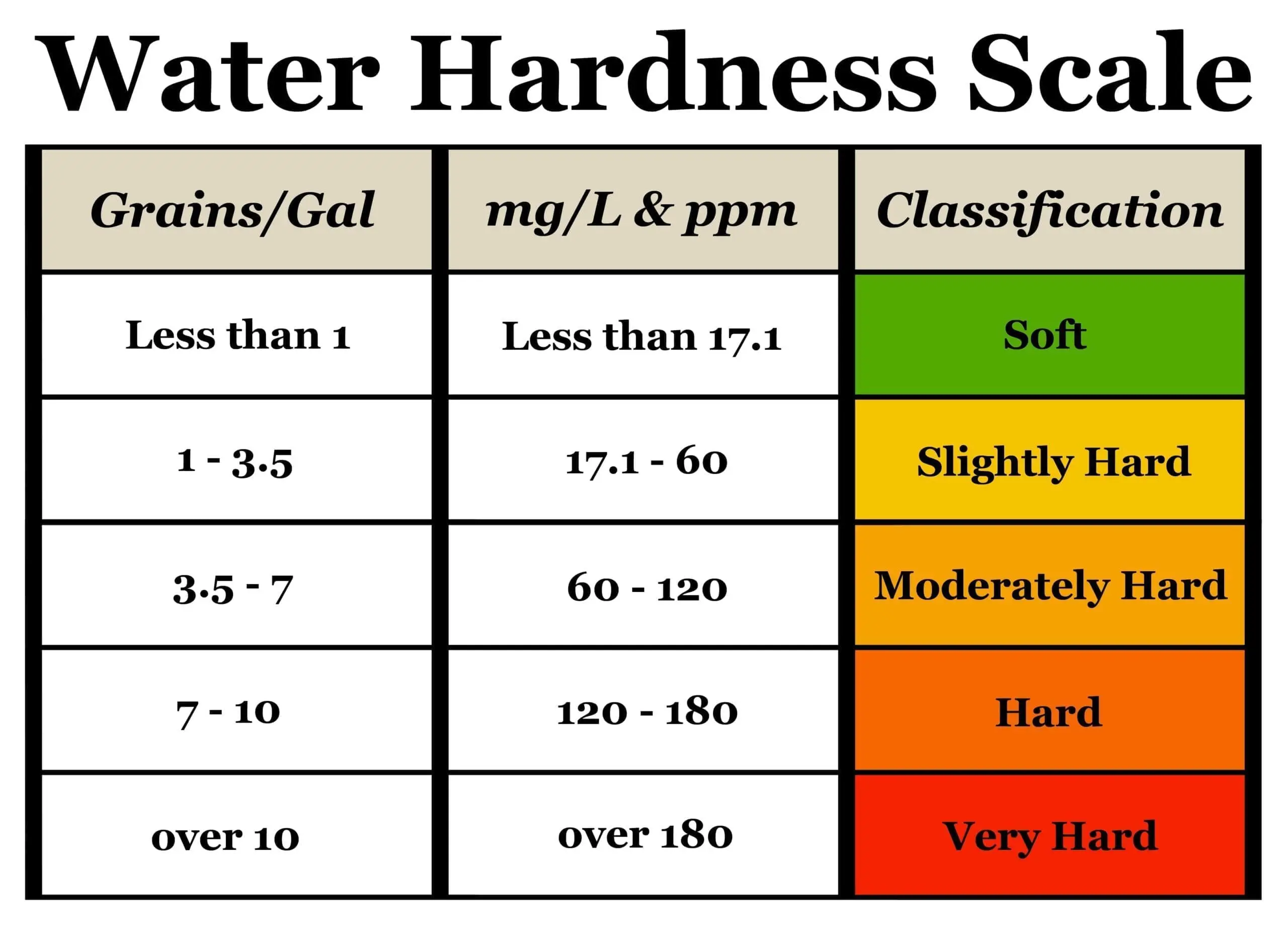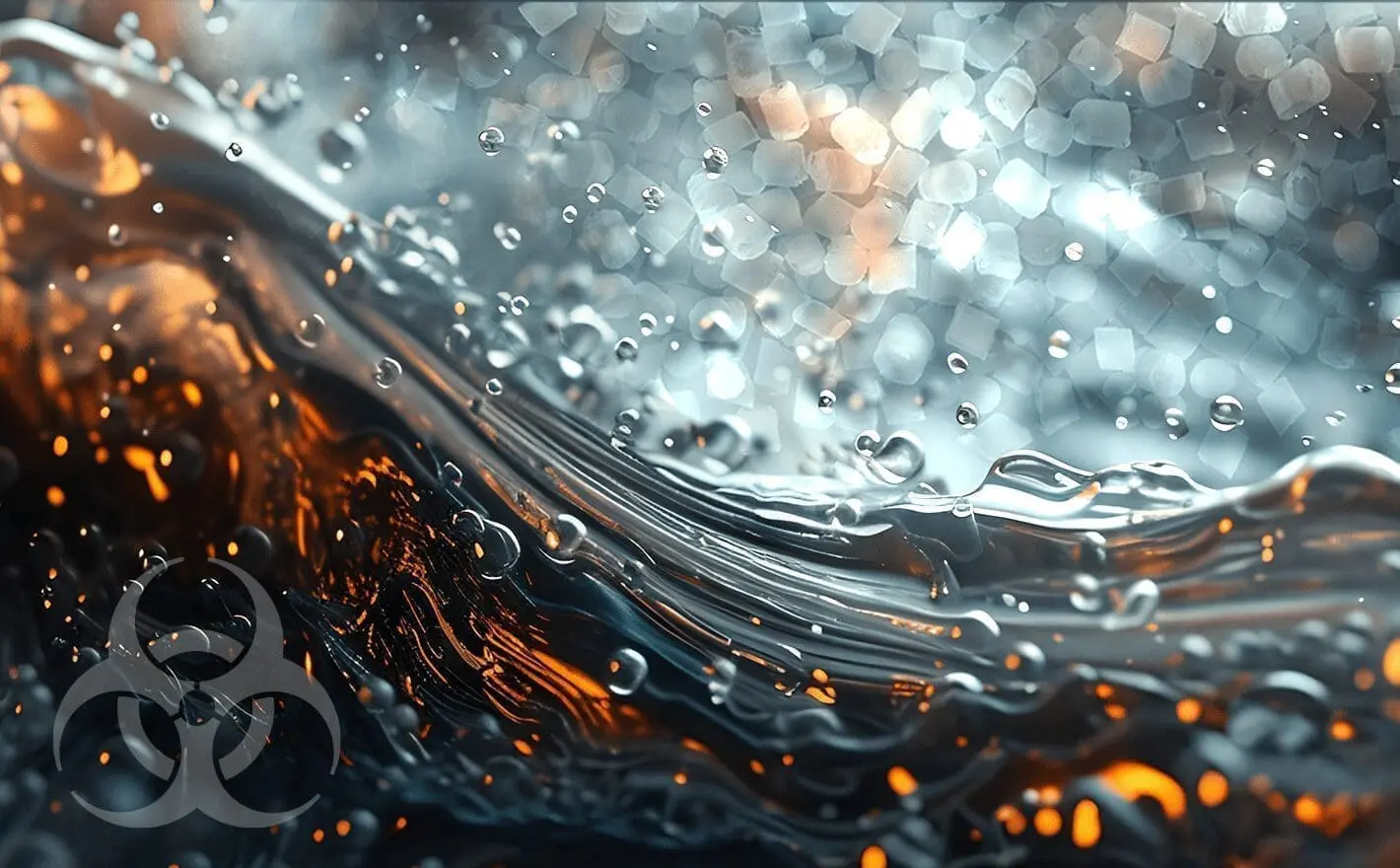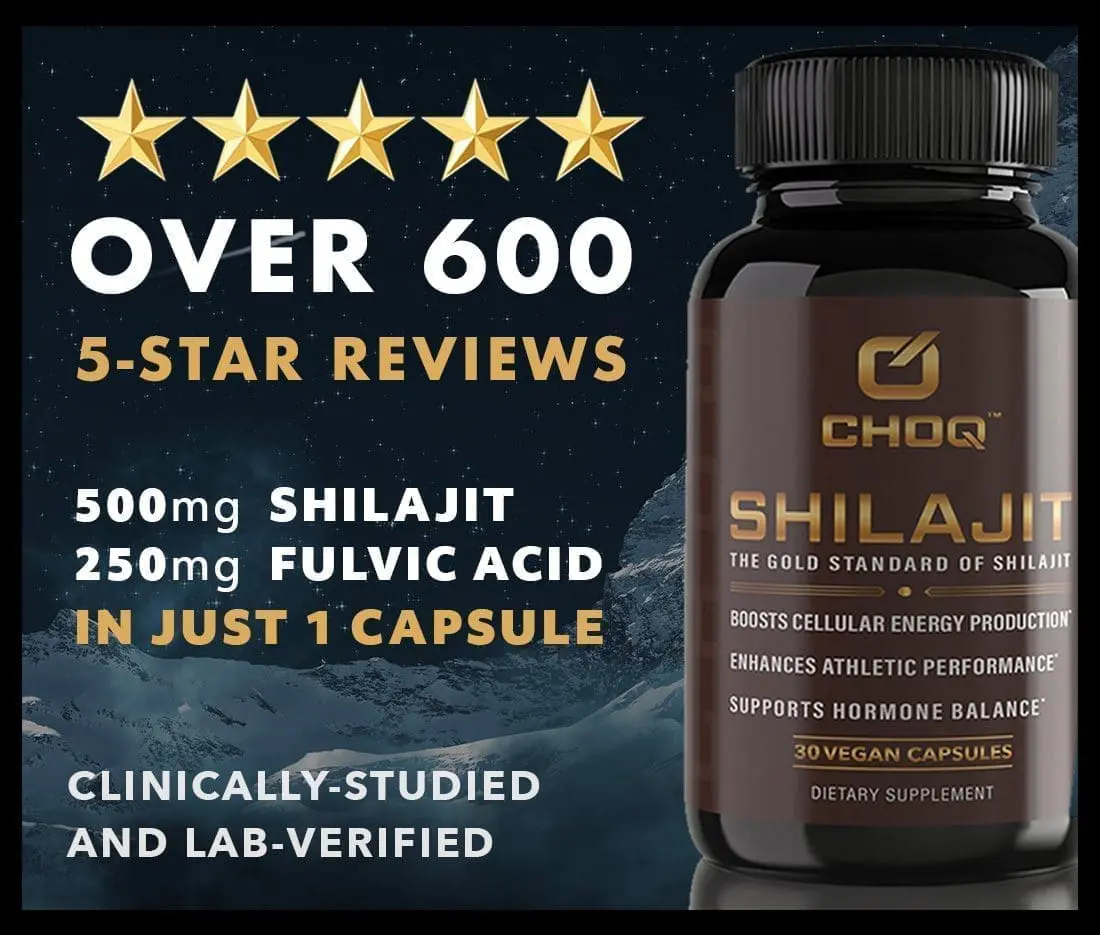A recent study found that removing over 80% of microplastics from water may be possible without the use of expensive filters.
Public awareness of microplastics has ramped up significantly in the past few years, along with a sizable increase in research demonstrating their alarming effects. For example, almost 800 new papers on microplastics were added to PubMed in 2023, compared to only 220 in 2019.
It’s highly encouraging that studies on these insidious toxins nearly quadrupled in just 4 years. Not only are we becoming increasingly aware of how damaging they are to our health (especially our hormones & fertility), but we’re also coming to grips with just how pervasive they are.
To wit, the authors of another recent paper found that 100% of the human testicle samples they analyzed tested positive for microplastics. Much like the dangers of glyphosate, this was more of a fringe topic a decade or two ago, but is finally breaking into mainstream consciousness as the research piles up.
How the Microplastic Boil + Filter Technique Works
To be clear, this study didn’t simply boil the water to remove the microplastics. Filtration was involved, but they used the equivalent of a basic coffee filter.
One limitation of this process is that it requires hard water (meaning it’s high in calcium carbonate). Fortunately, the majority of tap water in US homes meets that criterion, though you’d need to confirm this before you could be confident it’ll work (see the next section for how to do that).
The reason that you need hard water is that this type of filtration is based on ‘coprecipitation’, meaning that the calcium carbonate and microplastics are being precipitated out of the water together, with the former trapping the latter.
Here’s a quick breakdown of the essential information:
- Calcium carbonate becomes solid at higher temperatures
- Thus, when you boil hard water for just 5 minutes, the calcium traps the microplastics, then becomes a large enough particle to easily filter
- Something as simple as a coffee filter can be used to remove the microplastic-laden calcium
- This simple technique can get rid of at least 80% of 3 common types of microplastics
Can microplastics be sexually transmitted through sperm? Check out this article to learn more.
Critical Study Limitations
Though the results of this study are encouraging, there are a couple of important caveats.
First, the authors showed that you can remove most of the polystyrene, polyethylene, and polypropylene using this technique, but what about all the other kinds of microplastics? The study we referenced earlier, for example, found 12 different types of plastic in human testicles
It’s unclear how effective this technique might be for other plastic compounds, though it’s tempting to assume that it will. Though we’re cautiously optimistic, more research is needed to determine with certainty whether it works on all types.
Second, you want to be completely sure about whether you have hard water or not, but fortunately that’s pretty simple. Hard water is defined as anything with at least 120 mg/L of calcium carbonate (AKA 120 ppm):

If you’re not sure whether your water meets this exact requirement, you can buy water hardness test strips online for about $10.
Other Strategies for Reducing Microplastics
An easier and more effective strategy to remove microplastics from water is to use a high quality water filter. According to their website, Berkey Filters as well as reverse osmosis machines work for this purpose.
Of course, you also want to do everything you can to avoid drinking out of disposable plastic water bottles. If and when you do, though, make sure you never expose the bottle to extreme temperatures. That includes freezing as well as leaving a bottle in your car on a hot day.
Reducing exposure is only half the battle, though. No matter how careful you are, you’re virtually guaranteed to get some. This stuff is everywhere: in our clothes, in the air, and even in bodycare products.
To say that CHOQ is passionate about toxin-free living would be a MASSIVE understatement. We’re always reading the latest scientific papers on environmental toxins and spreading the word through our newsletter (sign up at the bottom of this page and get 15% off all subscriptions for life).
On top of regularly publishing articles on environmental toxins, we also created APEX Glutathione, a blend of liposomal glutathione + 12 other ingredients to support healthy detoxification, mood, and focus. >Every ingredient in APEX was added based on specific research demonstrating how it supports your body’s ability to generate and deliver this master antioxidant to your cells.
In addition to high-absorption liposomal glutathione, APEX also has:
- NAC – a precursor the body uses to generate glutathione
- Nutrients like B vitamins, selenium, and ALA that are scientifically known to help your body make, transport, and recycle glutathione
- And adaptogens like bacopa, ginkgo, and Jiaogulan, which not only support the glutathione system, but also support healthy mood and enhance focus
Not only is APEX the most comprehensive glutathione supplement on the market, but it’s also the only one that’s been blended specifically to support healthy mood & focus. Even just by itself, the clinically-researched Bacopa in APEX would be enough to give you a noticeable boost, but when you expertly combine 13 ingredients for maximum synergy, the results can be profound.






